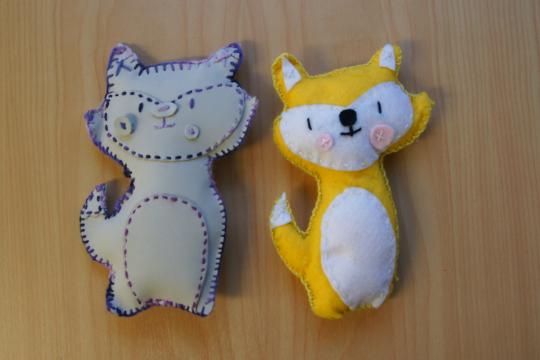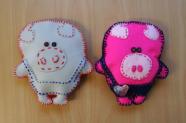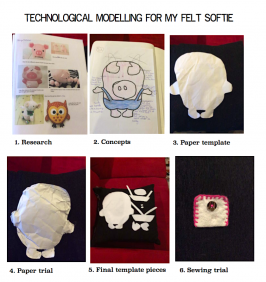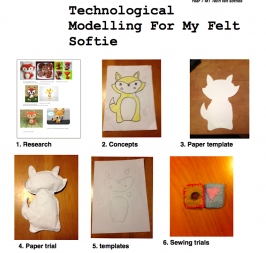A soft toy story: Technological modelling and practice combine
A year 7 class grew their understandings in both technological practice and technological knowledge – in the very engaging context of Uglydolls.
Technological knowledge and practice inform each other
Uglydoll is a successful brand of soft toy developed by New York design student Sun-min and her boyfriend.
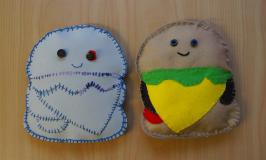
- The Uglydoll story: CNBC – How I made my millions – Uglydoll
A group of year 7 girls at Columba College were captivated by the Uglydoll story, and required little persuasion to make their own soft toy – a "softie".
Teacher Isabel Boek says that the project:
- provided opportunities for authentic technological modelling in practice
- made students curious about how technologists carry out modelling in different contexts
- built a broader knowledge of technological modelling
- provided opportunities to grow knowledge of materials – the students used recycled rubber wrapping for their prototype and their own hand-made felt for the final outcome.
Technological modelling in practice
Isabel says that students often go through the motions of modelling, but they don’t necessarily recognise its value, and the outcome often does not reflect whatever modelling has been done.
"Sure", the students think. "Real technologists do modelling, but we don’t need to at school." This project was designed to dispel this misconception by demonstrating its utility and importance.
The softie project
The students were given a brief:
As part of their technological practice, they carried out the following modelling:
-
Research
The students researched and discussed different styles of similar products on the market, using Pinterest and other sites. -
Making felt
The students carried out functional modelling by trialling felt-making for their softies. The Campaign for Wool website was useful to refer to in discussions on technological products, particularly around wool as a fibre and why it felts when it is manipulated. -
Concept sketches
These were used as a form of functional modelling and resulted in a final design. -
Pattern pieces
Pattern pieces were made from the final design. Stapling the pattern pieces together made a functional model. This provided useful evidence on whether the design would work. For example, if the arms fell off, these had to be redesigned. The students modified their designs and made another set of patterns. -
Stitches
Blanket stitch and backstitch were trialled until an acceptable quality was attained to use on the final outcome. -
Prototypes
The first prototype was made from the recycled rubber sheeting. The students modified designs again at this stage to improve features and components of their softie. The final prototype was made from two A4 pieces of pre-made felt. Students were also encouraged to include some of their own hand-made felt.
Knowledge of technological modelling
Isobelle has found that case studies are useful in stimulating discussions on technological modelling:
CNBC-How I made my millions-Uglydoll
This clip provides many examples of different types of modelling – thinking, talking, drawing, and prototyping. The students could also follow the process the technologists followed and discuss how the prototyping supported decision making as the Uglydoll product evolved.
Forsyth Barr stadium
A lot of information about the technological modelling for a local stadium was available online at the time of its development. The students were able to research and discuss the different forms of modelling and their purposes, including drawings, concept sketches and plans, a digital 3D model, and the actual model.
It was also an opportunity to discuss the benefits and limitations of functional modelling with students, and how some technological outcomes can not be prototyped.
You may have a similar project being developed in your town or region for students to view and discuss.
AdaptAir
This is the story of the development of an innovative product for treating respiratory illnesses in children in developing countries. This can lead into discussions on how prototyping and testing in situ resulted in a successful fit for the nasal interface.
It is expected that students’ knowledge of technological modelling will not be limited to what they can learn from their own practice (which is why it is located in the technological knowledge strand).
Nevertheless, if the modelling students do clearly contributes to a quality outcome, it ceases to look like make-work and gives the students a window into the modelling that real-world technologists do – and why they do it. Students readily understand that the risks mitigated by modelling may make or break a product, and could save millions of dollars!
Follow the links below to explore the technological knowledge strand and the technological modelling component:
